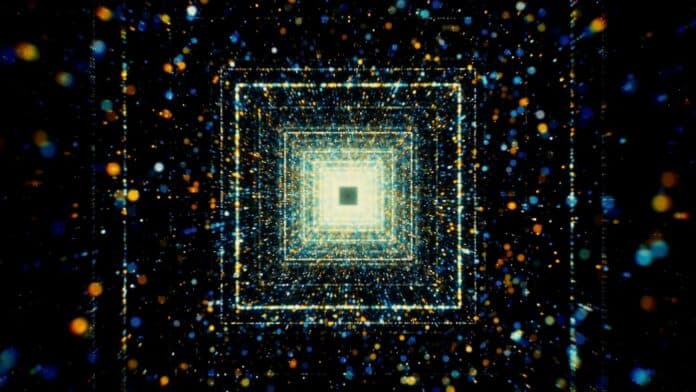Because they can tackle complicated issues, quantum computers have enormous potential for the future and could lead to advances in many different sectors. Still, quantum computers have fundamental flaws that impair their functionality. To solve this problem, Caltech researchers have created a revolutionary technique that allows classical computers to evaluate quantum machine error rates without requiring a whole simulation.
In the past, researching faults in quantum systems required modeling them on classical computers, which could be unfeasible given the complexity of quantum machines. However, the new technique is more effective, enabling measurement error rates by traditional computers without drawing out simulations.
The researchers in the latest paper ran experiments on a particular kind of primary quantum computer called a quantum simulator. Compared to the current generation of crude quantum computers, quantum simulators are more specialized and have a smaller functional range. Using lasers, the group manipulates highly excited Rydberg atoms in individual controllable states, forming their simulator.
Entanglement is one key feature of the simulator. Entanglement spontaneously develops in the system as quantum computers work on a task, gradually joining the atoms. Endres, Shaw, and colleagues discovered last year that as entanglement increases, those connections disperse in a chaotic or random manner. This suggests that minor perturbations cause significant changes, much like the potential effect of a butterfly’s flapping wings on global weather patterns.
Because of their growing complexity, quantum computers are likely to solve some problems far more quickly than classical computers, such as cryptography tasks that require factoring in large numbers quickly.
However, traditional computers can no longer simulate machines once they have a certain quantity of qubits or coupled atoms. When you get past 30 qubits, things get crazy. The more qubits and entanglement you have, the more complex the calculations are.
The new quantum simulator has 60 qubits, putting it in a regime that is impossible to simulate.
Researchers wanted to determine a system that is hard for classical computers to work in, but still rely on those classical computers to tell if our quantum simulator is correct.
This new approach involves running classical computer simulations, allowing different entanglement amounts.
Adam Shaw, the study’s lead author and a graduate student who works in Manuel Endres’s laboratory, said, “Let’s say our quantum computer is painting the Mona Lisa as an analog. The quantum computer can paint very efficiently and, in theory, perfectly, but it makes errors that smear out the paint in parts of the painting.
“It’s like the quantum computer has shaky hands. To quantify these errors, we want our classical computer to simulate what the quantum computer has done, but our Mona Lisa would be too complex. It’s as if the classical computers only have giant brushes or rollers and can’t capture the finer details.
“Instead, we have many classical computers paint the same thing with progressively finer and finer brushes, and then we squint our eyes and estimate what it would have looked like if they were perfect. Then, we use that to compare against the quantum computer and estimate its errors. With many cross-checks, we could show this ‘squinting’ is mathematically sound and gives the answer quite accurately.”
The researchers estimated that their 60-qubit quantum simulator operates with an error rate of 91 percent (or an accuracy rate of 9 percent). That may sound low, but it is, in fact, relatively high for the state of the field. For reference, the 2019 Google experiment, in which the team claimed their quantum computer outperformed classical computers, had an accuracy of 0.3 percent (though it was a different type of system than the one in this study).
Shaw says: “We now have a benchmark for analyzing the errors in quantum computing systems. That means we can measure how well the improvements worked as we improve the hardware. With this new benchmark, we can also measure how much entanglement is involved in a quantum simulation, another metric of its success.”
Journal Reference:
- Shaw, A.L., Chen, Z., Choi, J., et al. Benchmarking highly entangled states on a 60-atom analogue quantum simulator. Nature (2024). DOI: 10.1038/s41586-024-07173-x
